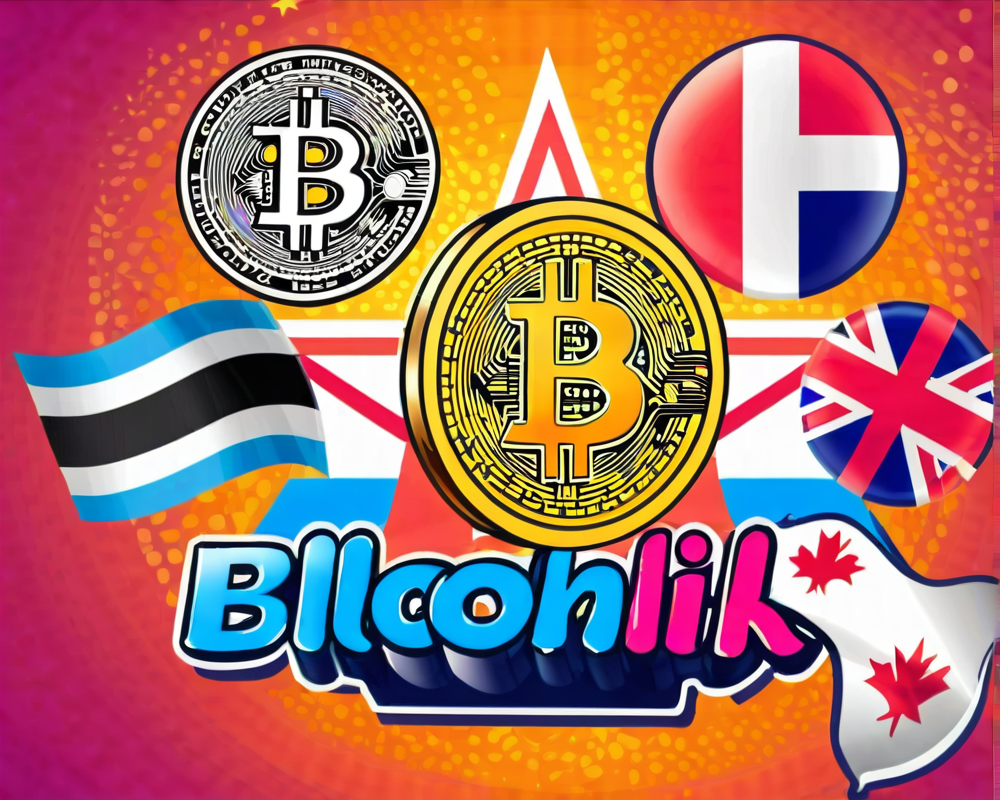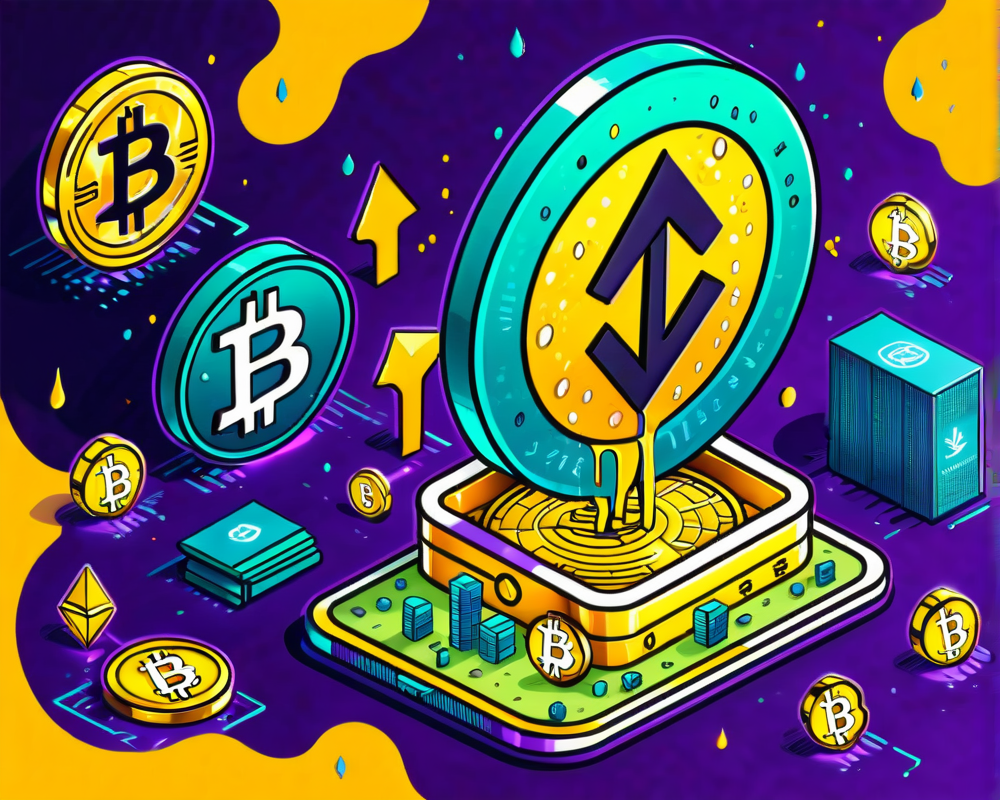The Age of Self-Sovereign Identity
Picture this: Your identity, living in a digital utopia where only you hold the keys. Sounds like a sci-fi movie? Actually, welcome to the concept of self-sovereign identity (SSI)! In this brave new world, you’re no longer just a data point in some corporate database; instead, you reign supreme over your own information. From personal data to your quirky choices of pizza toppings, it’s yours to control!
What Exactly Is Self-Sovereign Identity?
Self-sovereign identity is the idea that individuals, not organizations, wield the authority over their own digital data. This isn’t just about your name, address, and birth date; it extends to your connections with people, companies, and can even include the smart fridge you bought last year.
- Responsibility: You manage your data, so if it goes missing, you can’t just blame it on ‘the cloud.’
- Data Protection Laws: The idea aligns perfectly with legislation like the GDPR or Brazil’s LGPD, which emphasize user control over personal data.
Financial Identity Management with FinID
Enter FinID, the financial superhero from Brazil! Developed by CPqD, this project is breathing life into the concept of decentralized identity. Imagine applying for a credit card with a process as smooth as butter; that’s the goal!
FinID aims to empower users to control their financial identity and data. With this feature, you’ll have a digital credential—a financial passport, if you will—that you can flash at any participating bank without having to go through endless verification processes every time. It’s like going to a club where instead of long lines, you have backstage access!
The Central Bank’s Game Plan
But don’t think FinID is making moves without regulation! The Central Bank of Brazil has a pivotal role. Imagine the bank as the wise old sage, making sure that this whole decentralized identity thing doesn’t spiral into chaos.
- Governance: They’ll keep an eye on the blockchain network, ensuring everything runs smoothly and securely.
- Increased Transparency: This setup promises greater transparency and efficiency, which we all crave when dealing with our finances.
The Controversy of Classification
Now, let’s jog down the rabbit hole of terminology. Not every blockchain is a blockchain, folks! There are private and public blockchains, permissioned and permissionless versions, and depending on who you ask, some of those might not even deserve the title ‘blockchain.’ It’s like the hipster barista of the tech world, constantly debating who qualifies as ‘true’ blockchain.
For FinID, a hybrid approach is anticipated where they might run on a private network initially—keeping things cozy and secure but still open to future public expansions.
Conclusion: What Lies Ahead
In conclusion, the FinID concept isn’t just a passing trend. It holds the potential to safeguard user data, create seamless financial interactions, and may even lead the way in implementing the globally recognized good practices in digital identity management. As we keep an eye out for its evolution, let’s cross our fingers and hope it fulfills its promise of protecting consumers’ financial data while making life a little less bureaucratic!




